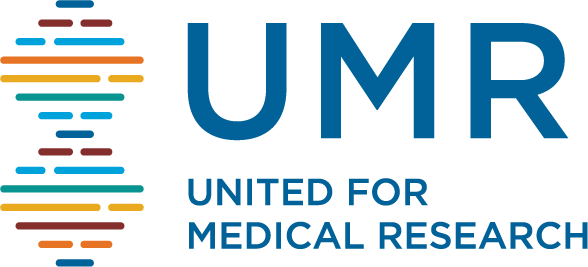With the return of in-person schooling and the Biden administration’s recently-announced vaccine and testing mandate, fast and reliable COVID-19 testing remains a critical component to controlling the pandemic. At-home antigen tests, which can give results within 15 minutes, are now an attractive and convenient option for the public to quickly find out their COVID-19 status. That said, there is a major risk involved — the tests’ results can often be inaccurate.
“Antigen tests are hugely insensitive to early infections when your viral load is low,” said Ping Wang, PhD, a professor of Pathology and Laboratory Medicine in the Perelman School of Medicine at the University of Pennsylvania. “You may test negative and think you’re safe to return to work or school, when in reality, you’re infected and infectious to others.”
